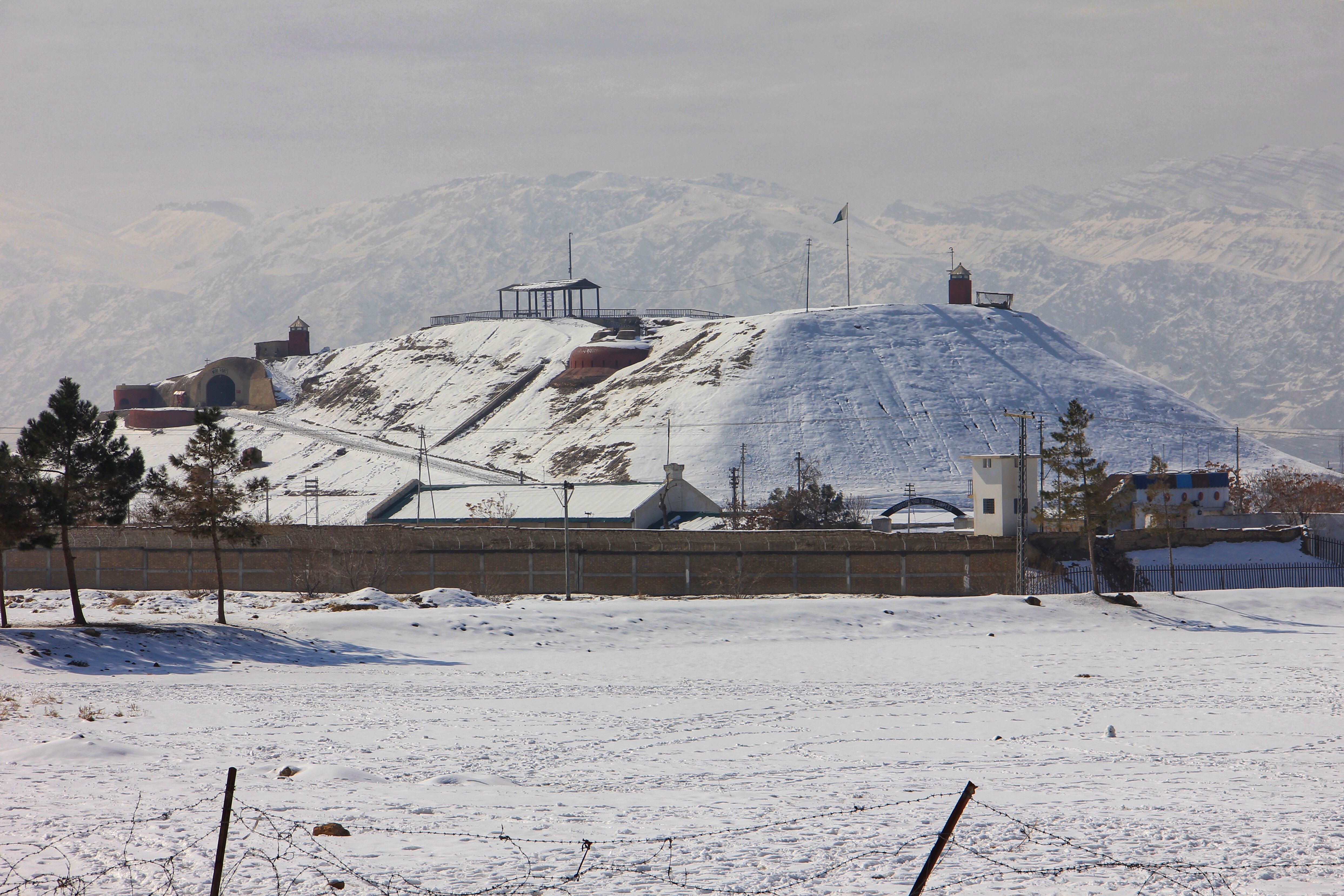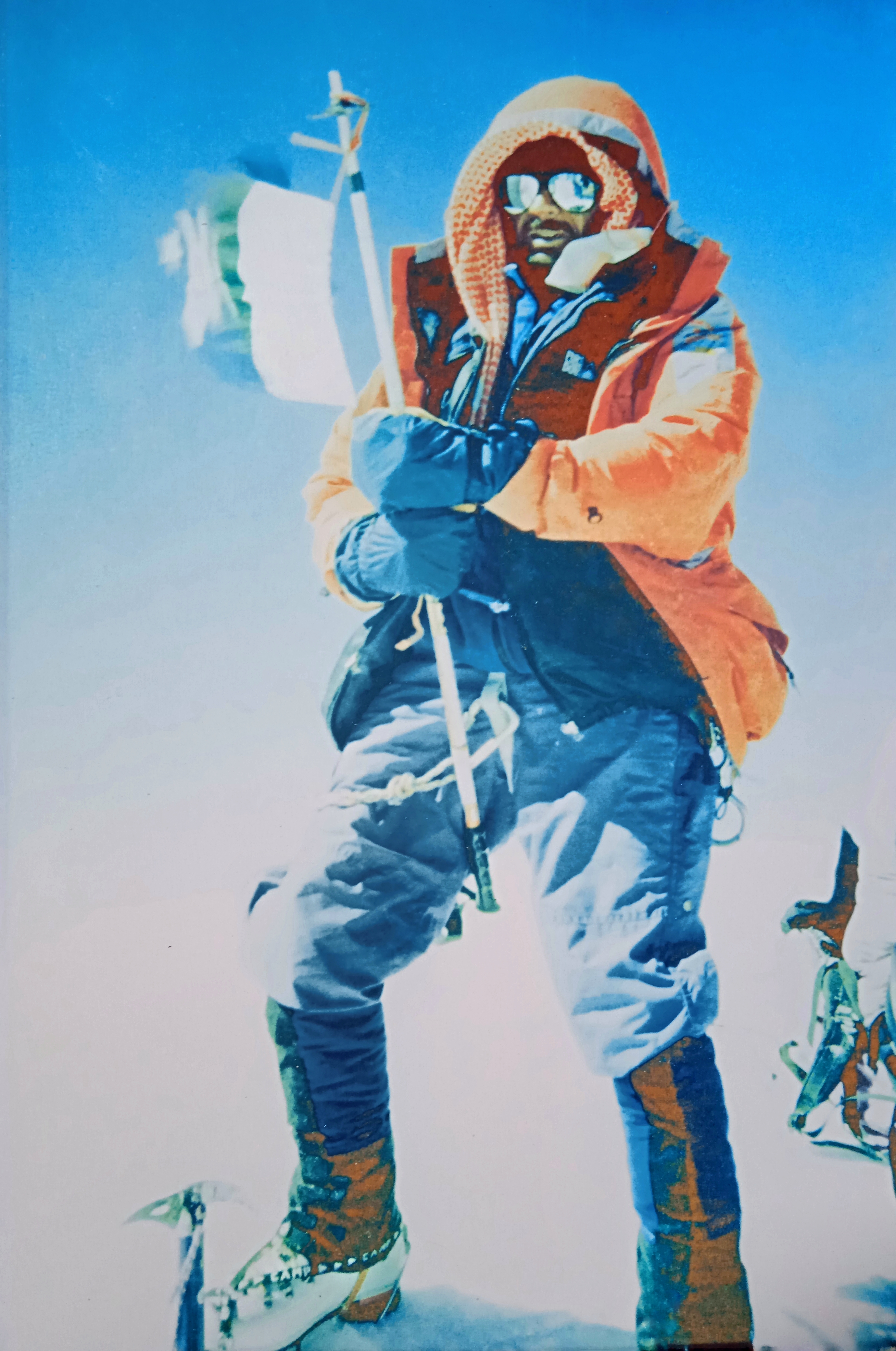|
Ashraf Aman
Ashraf Aman ( ur, اشرف امان , born 15 January 1938) is a Pakistani mountaineer, adventurer, and engineer. In 1977, he became the first Pakistani to reach the summit of K2. He operates the travel and tourism-based company "Adventure Tours Pakistan". He is also vice-President of the Alpine Club of Pakistan. Mountaineering achievements and honours * 1962 – Nanga Parbat Expedition with Germans, Awarded Himalayan Tiger. * 1967 – Member, Pakistan Czechoslovakia joint Expedition, Awarded Gold Medal. * 1971/76 – Mountain Guide in Himalaya, Karakoram and Hindukush. * 1977 – Japan-Pakistan joint Expedition to K2, Became first Pakistani to climb K2 on 9 August, and then he was Awarded Presidential Award for, Pride of performance. * 1980 – Member of International Karakoram Project, Awarded R.G.S London Fellowship. * 1982 – Member of German Gasherbrum I Expedition. * 1983/84 – Mountain Guide with different Mountaineering Expeditions. * ... [...More Info...] [...Related Items...] OR: [Wikipedia] [Google] [Baidu] |
Nazir Sabir
Nazir Sabir (Urdu: نذیر صابر ) is a Pakistani mountaineer. He was born in Hunza. He has climbed Mount Everest and four of the five 8000 m peaks in Pakistan, including the world's second highest mountain K2 in 1981, Gasherbrum II 8035m, Broad Peak 8050m in 1982, and Gasherbrum I ( Hidden Peak) 8068m in 1992. He became the first from Pakistan to have climbed Everest on 17 May 2000 as a team member on the Mountain Madness Everest Expedition led by Christine Boskoff from the United States that also included famed Everest climber Peter Habeler of Austria and eight Canadians. Climbing career Sabir began his Himalayan climbing career with a Japanese expedition to the 7284m Passu Peak in Hunza in 1974. In 1975 he was part of a German Expedition as a trainee that attempted Nanga Parbat (8125m) and only went to 6700m up the south west ridge. On 17 July 1976 he made the first ascent of 6660m virgin Paiyu followed by Colonel Manzoor Hussain and Major Bashir with the first P ... [...More Info...] [...Related Items...] OR: [Wikipedia] [Google] [Baidu] |
Quetta
Quetta (; ur, ; ; ps, کوټه) is the tenth List of cities in Pakistan by population, most populous city in Pakistan with a population of over 1.1 million. It is situated in Geography of Pakistan, south-west of the country close to the Durand line, International border with Afghanistan. It is the capital of the Administrative units of Pakistan, province of Balochistan, Pakistan, Balochistan where it is the largest city. Quetta is at an average elevation of above sea level, making it Pakistan's only high-altitude major city. The city is known as the ''"Fruit Garden of Pakistan"'' due to the numerous fruit orchards in and around it, and the large variety of fruits and dried fruit products produced there. Located in northern Balochistan near the Durand line, Pakistan-Afghanistan border and the road across to Kandahar, Quetta is a trade and communication centre between the two countries. The city is near the Bolan Pass route which was once one of the major gateways from Ce ... [...More Info...] [...Related Items...] OR: [Wikipedia] [Google] [Baidu] |
Spantik
Spantik (Balti Language) or Golden Peak is a mountain in Spantik-Sosbun Mountains subrange of Karakoram in Hispar Valley of Shigar District, Gilgit-Baltistan region of Pakistan. Its northwest face features an exceptionally hard climbing route known as the "Golden Pillar".Andy Fanshawe and Stephen Venables, ''Himalaya Alpine-Style'', Hodder and Stoughton, 1995, . It lies east of Diran and northeast of Malubiting.Jerzy Wala, ''Orographical Sketch Map of the Karakoram'', Swiss Foundation for Alpine Research, Zurich, 1990. The treck and adventure route to this peak is goes from the Arandu village of District Shigar. And this peak can climbed from Arandu side. Climbing Spantik was first climbed in 1955 by Karl Kramer's German expedition. The most commonly climbed line follows the south east ridge, which was attempted by the Bullock Workman party in 1906. The ridge rises 2700 metres over a lateral distance of 7.6 km, at angles which are mostly less than 30 degrees, with a few ... [...More Info...] [...Related Items...] OR: [Wikipedia] [Google] [Baidu] |
Living People
Related categories * :Year of birth missing (living people) / :Year of birth unknown * :Date of birth missing (living people) / :Date of birth unknown * :Place of birth missing (living people) / :Place of birth unknown * :Year of death missing / :Year of death unknown * :Date of death missing / :Date of death unknown * :Place of death missing / :Place of death unknown * :Missing middle or first names See also * :Dead people * :Template:L, which generates this category or death years, and birth year and sort keys. : {{DEFAULTSORT:Living people 21st-century people People by status ... [...More Info...] [...Related Items...] OR: [Wikipedia] [Google] [Baidu] |
Hunza Valley
The Hunza Valley ( bsk, , Wakhi: '; ur, ) is a mountainous valley in the northern part of the Gilgit-Baltistan region of Pakistan, formed by the Hunza River, bordering Ishkoman to the northwest, Shigar to the southeast, Afghanistan's Wakhan Corridor to the north, and the Xinjiang region of China to the northeast. Geography The Hunza Valley is a mountainous valley in the northern part of the Gilgit-Baltistan region of Pakistan, formed by the Hunza River, bordering Ishkoman to the northwest, Shigar to the southeast, Afghanistan's Wakhan Corridor to the north and the Xinjiang region of China to the northeast. The Hunza Valley floor is at an elevation of 2,438 meters (7,999 feet). Geographically, the Hunza Valley consists of three regions: Upper Hunza ( Gojal), Central Hunza, and Lower Hunza ( Shinaki). History Buddhism, and to a lesser extent, Bön, were the main religions in the area. The region has several surviving Buddhist archaeological sites, such as the ... [...More Info...] [...Related Items...] OR: [Wikipedia] [Google] [Baidu] |
Meherban Karim
Meherban Karim (21 January 1979 – 2 August 2008) was a Pakistani mountaineer. He lost his life, along with 10 other mountaineers, in the 2008 K2 disaster, following an avalanche in what was to be one of the deadliest accidents in the history of K2 mountaineering. He summited several eight-thousanders: K2, Nanga Parbat, and Gasherbrum II (all without Oxygen). In the mountaineering community, he was known as "Karim The Dream" and "Karim Meherban". Early life Meherban Karim was born in the Shimshal Valley, Hunza–Nagar District of Gilgit-Baltistan, Pakistan. He spent his childhood in the Shimshal valley, where he explored the mountains and became interested in mountaineering. List of mountains climbed Mountaineering career Karim started his mountaineering career in 1997 by summiting Mingligh Sar at the age of 18. He then learned the techniques of mountain climbing in Shimshal Valley from Rajab Shah and Meherban Shah. He summited Gasherbrum II in 2003, Nanga Parbat ... [...More Info...] [...Related Items...] OR: [Wikipedia] [Google] [Baidu] |
Samina Baig
Samina may refer to: * MS Express Samina MS ''Express Samina'' ( el, Εξπρές Σάμινα) was a French-built RoPax ferry that struck the charted Portes Islets rocks in the Bay of Parikia off the coast of Paros island in the central Aegean Sea on 26 September 2000. The accident r ..., a ferry, built in 1966, that collided with a rock in 2000 * Mesothen samina, a moth species Places * Samina (river), of Liechtenstein and Austria, tributary of the Ill * Samina (Andoma), a tributary of the Andoma, Vologda Oblast, Russia * Samina, Punjab, a town and union council in the Punjab province of Pakistan Other * Samina (name) {{disambig ... [...More Info...] [...Related Items...] OR: [Wikipedia] [Google] [Baidu] |
Amir Mehdi
Amir Mehdi (sometimes spelled Amir Mahdi, and also known as Hunza Mehdi) was a Pakistani mountaineer and porter known for being part of the team which managed the first successful ascent of Nanga Parbat in 1953, and of K2 in 1954 with an Italian expedition. He, along with the Italian mountaineer Walter Bonatti, are also known for having survived a night at the highest open bivouac - - on K2 in 1954. Nanga Parbat (1953) In July 1953 a German-Austrian team went for expedition to Nanga Parbat. The expedition was organized by the half-brother of Willy Merkl, Karl Herrligkoffer from Munich, while the expedition leader was Peter Aschenbrenner from Innsbruck, who had participated in the 1932 and 1934 attempts. Hermann Buhl, one of team member made it to the top and became first person to reach the summit. He was assisted by two high altitude porters from Hunza, Amir Mehdi and Haji Baig. They later helped Buhl during his descent, when he was caught by frostbite and lost his crampon. ... [...More Info...] [...Related Items...] OR: [Wikipedia] [Google] [Baidu] |
Chiltan Adventurers Association Balochistan
Chiltan Adventurers Association Balochistan (CAAB; ur, ) is a non-profit government adventure sports association in Balochistan, Pakistan. It consists of young boys and girls dedicated to the promotion of mountain adventure, sports climbing and associated sports. Its goals are to protect the new generation from dangerous drug abuse, by providing them with healthy sporting opportunities, organizing training camps, and national and provincial level event expeditions. 95% of all the players receiving training from CAAB are students of schools and colleges in Balochistan. The activities of the CAAB are financed by self-help, donations, and subscriptions of members and annual grant-in-aid from Balochistan Sports Control Board (BSCB) Quetta. History The association is affiliated, at the international level, with the representative of the British C. R. Association 'Orpheus Caving Club' (UK), UIS (USA), Speleo Club Du liban (Lebanon) SCDL and at the national level with Alpine Club of ... [...More Info...] [...Related Items...] OR: [Wikipedia] [Google] [Baidu] |
Hayatullah Khan Durrani
Hayatullah Khan Durrani, PP (Pashto: ; born 22 April 1962) is a Pakistani caver, mountaineer, environmentalist, organizer, and a rescuer. He is also a part-time sports anchor actor on Pakistani television. He played a significant role in the promotion of mountaineering, rock climbing, caving, canoeing, and, kayaking as adventure sports in Pakistan. He is naturalist and early advocate of preservation of Juniper forests Juniperus macropoda wilderness in Ziarat and adjacent areas in Balochistan. He is the founder and President of the Pakistan Cave Research & Caving Federation (PCRCF) and the Director of the Asian Canoe Confederation (ACC). Education career Durrani obtained a master's degree in Sociology from Balochistan University, Quetta in 1987. He is currently performing the duties of the post of Deputy Superintendent (OPS) and Sports Secretary of Pakistan Customs Sports Board. Family Hayatullah Khan Durrani belongs to the ethnic Pashtun Sadozai tribe section of th ... [...More Info...] [...Related Items...] OR: [Wikipedia] [Google] [Baidu] |






